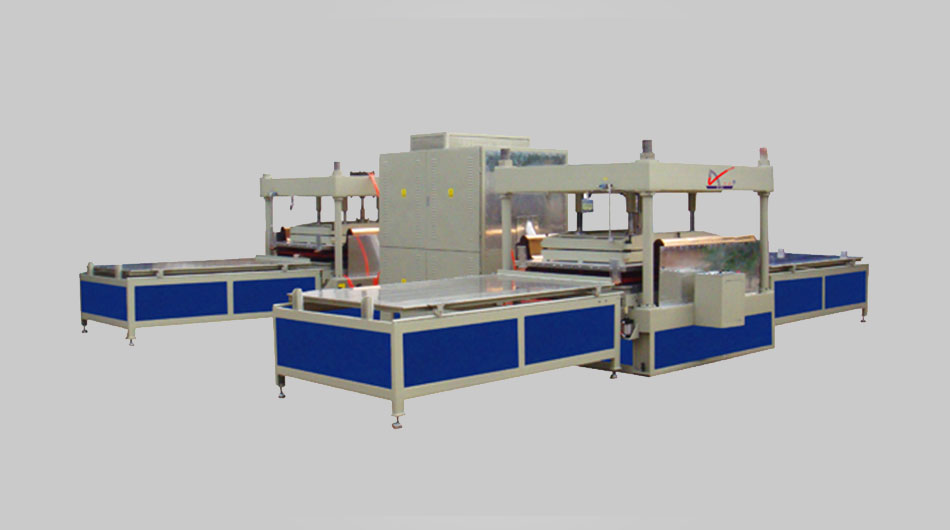

0086-15168150475
sunny@davison-machinery.com/davison@dongxiong.com
The major difference between Mig and Tig welding is tha […]
The major difference between Mig and Tig welding is that one process uses a continuously feeding wire (MIG) and the other you use long welding rods and slowly feed them into the weld puddle (TIG). MIG and TIG welding both use an electric arc to make the weld.
MIG welding is a very simple and easy process to learn compared to learning how to TIG weld. The technical names for these are metal inert gas (MIG), and tungsten inert gas (TIG).
A MIG welder works by using a continuously feeding spool of welding wire that burns, melts and fuses both the base and parent metals together. You can weld a variety of materials such as mild steel, stainless steel and aluminum.
A range of material thicknesses can be welded from thin gauge sheet metal right up to heavier structural plates.

TIG welding on the other hand is more commonly used for your thinner gauge materials. Items that are made with this process are things like kitchen sinks and tool boxes. The biggest benefit is that you can get your power down really low and not blow through the metal.
Pipe welding and other heavier tasks can also be performed, you just need to have a unit that is capable of putting out the amount of power that you need.
The main difference between MIG and TIG welding is that one method uses a continuously feeding electrode and is a very fast way of putting down welds. The other way is a much more fine and delicate welding technique.
The most versatile machine is the TIG welder as you can weld many different types of metals. The downside is that it is very slow. For anybody wanting to do some welding at home your better choice of machine to buy would have to be the wire feeding MIG welder.
https://www.davison-machinery.com/